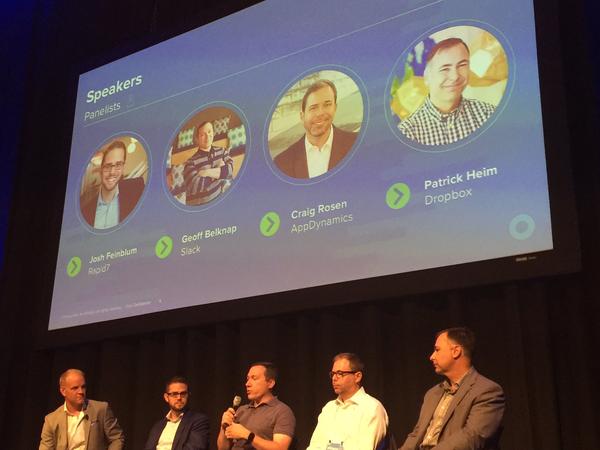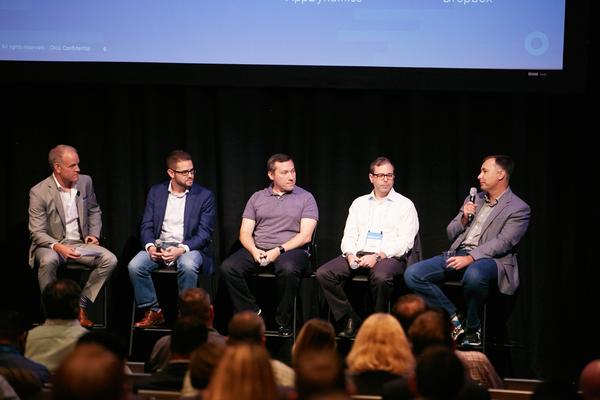99% of compromised user accounts come from password reuse, CSO heavy hitters reveal
- 09 September, 2016 06:00

Data breaches are fast becoming a common occurrence as companies try and figure out the best way to protect their information from the ever changing threats driven by cloud and mobile, but Dropbox’s Head of Trust and Security, Patrick Heim, says that companies are getting distracted by a long tail of potential risks 00and not focusing enough on getting the basics right.

Speaking in a recent panel at Okta’s annual
event in Las Vegas, which included CSOs from heavy hitters like Slack and
AppDynamics, Heim revealed to audiences that 99% of compromised user accounts
come from password reuse.
“Dropbox has half a billion people around the
planet that store their stuff with us so we have a lot of data around what
causes people harm and what it tells us is that the number one issue has to do
with people just using the same password across multiple sites and then that
leading to compromised accounts,” he says.

Heim adds that threat actors are highly sophisticated in terms of experimenting, analysing, testing those passwords across multiple sites and can expose this behaviour very easily.
“Everytime I talk to a customer, I tell them to turn on SSO and if you can’t afford SSO then just flip the switch on each of those apps to turn on some form of two factor authentication. If you’re not doing that, then you are gambling your business with very poor odds.”
Heim says that while password reuse effectively puts the risk into the realm of user accountability, the onus is still on the technology provider to be innovative and creative in protecting people’s accounts. He illustrated this point by sharing some of the user password protection systems that Dropbox has developed.
“We do password abuse monitoring whenever somebody logs in with a stolen password and even though it’s clear that they have the right password, we have other indicators that we can pull from that session such as an IP address, various headers and other anomalies. We have an 85% success rate of blocking a stolen password so we attempt to mitigate and compensate for users making mistakes.”
“The other thing that we do is look proactively for threat intelligence, so when you see password dumps out in the wild we load those into the system and as you login we actually do a cross-check and if it is matching a password that’s been disclosed earlier, we stop it right there and force a password reset cycle.”
According to Heim, Dropbox was one of the first companies to have three different types of two factor authentication but he admitted that only less than 1 percent of users actually know that these options even exist.
“The average internet user isn’t aware of the options and I think that’s the biggest limiting factor - the lack of knowledge in their accountability and the lack of awareness of good practice.”
Rapid7’s CSO, Josh Feinblum, echoed Heim’s sentiment about the challenges in educating users on good practice and the importance in using two factor authentication.
“It’s shocking how much of an impact two-factor authentication has at decreasing both the cost of an attack and the likelihood that somebody is going to come under the crosshairs because their credentials were stolen,” he said.
However, Feinblum believes that educating the public is a “lost cause” and posed the question on whether or not we should start requiring vendors that store customer information to enforce two-factor authentication on its users.
“Grandma is probably not really going to care if she has to look at a text message once a month, but she is never going to turn that on unless she’s required to.”

